The Toolbox is a library of fixings that are supplied with SOLIDWORKS professional. Within this library you will find nuts, bolts screws washers, gears, O-rings, pins etc.
The toolbox files are nested underneath a standard such as BSI and as such conform to that standard in terms of their dimensions.
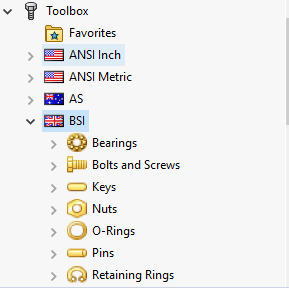
Occasionally, SOLIDWORKS users want to create a new part using an existing toolbox part as the basis for the new part. Naturally the first step is to open up the toolbox file and save as the new file name.
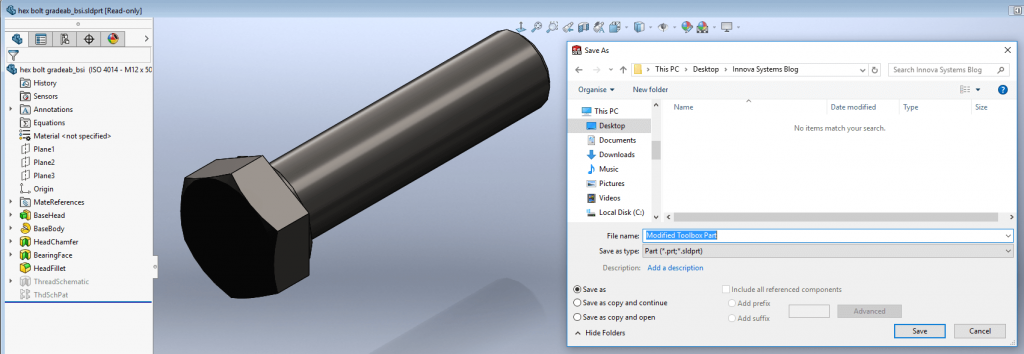
Before you go ahead and make changes to the newly saved part, there is another necessary step to go through to completely divorce this part from the toolbox. All toolbox files have an internal flag, which sets them apart from other SOLIDWORKS files. If the flag remains the next time you access it, the original file may be opened rather than the modified one.
To remove the toolbox flag from the file, follow these steps:
Step 1:
Browse to the <install_dir>\toolbox\data utilities\sldsetdocprop.exe.
Step 2:
Right click ‘sldsetdocprop.exe’ and select ‘Run as administrator’

Step 3:
Set the Document Property to ‘Property state: No’
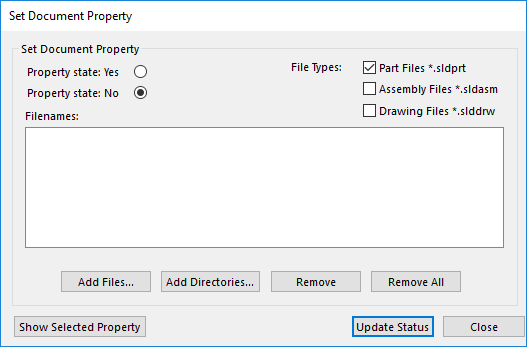
Step 4:
Click ‘Add Files’ and browse to your newly saved file
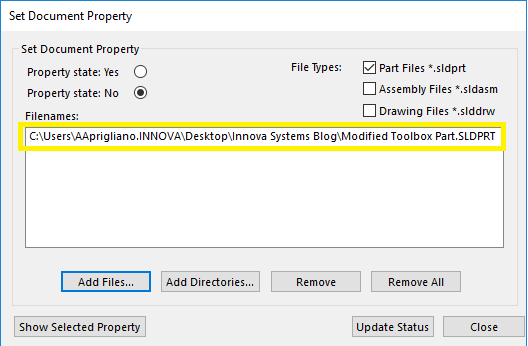
Step 5:
Click ‘Update Status’
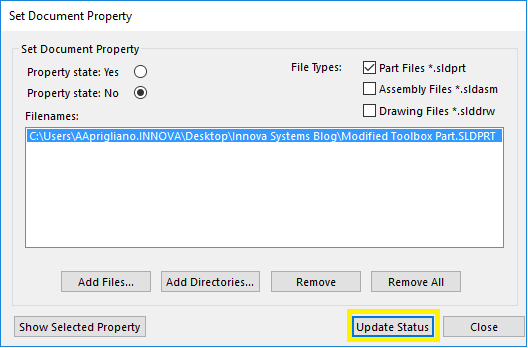
If you need to check that the flag has been removed, highlight the file in the list and click the ‘show selected property’ icon. If the toolbox flag has been removed you should see the (IsToolboxPart) = (No).
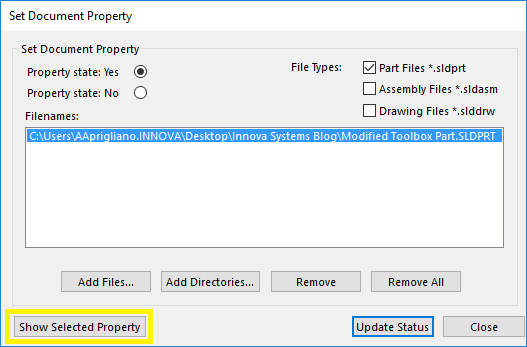
You will also find that when you use the component in an assembly, the toolbox icon is no longer used in the assembly tree.
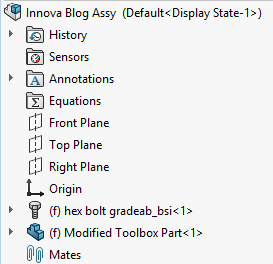
Now the toolbox flag is removed from the file, You can be confident that there will be no conflicts with the original toolbox part.
We hope you found that useful!
Have you seen our blog archive where we have posted plenty of helpful articles? We also have a fantastic video library filled with easy-to-follow videos on a number of topics inspired by other SOLIDWORKS users – take a look.
Also, don’t forget to follow us on twitter for daily bite size SOLIDWORKS tips, tricks and videos.


















